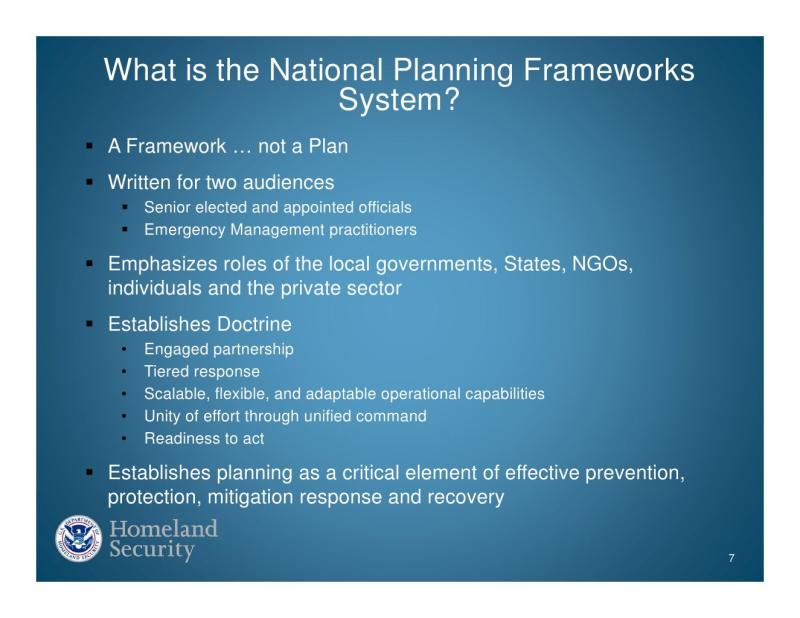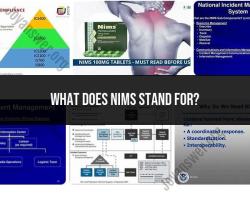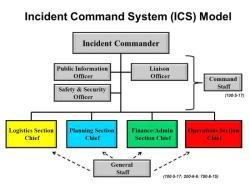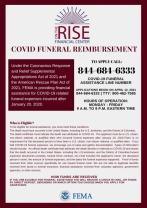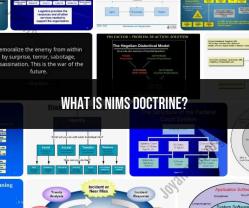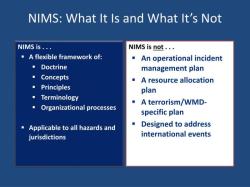What is NIMS certification?
NIMS stands for the National Incident Management System, which is a set of principles and standardized procedures for emergency management and incident response in the United States. NIMS provides a comprehensive framework for organizations at all levels to work together seamlessly during incidents and emergencies, ensuring a coordinated and effective response.
NIMS certification typically refers to the process of obtaining certification in specific NIMS-related courses. These courses are designed to educate individuals on the principles, practices, and protocols outlined in the NIMS framework. The certification process aims to ensure that individuals possess the knowledge and skills necessary to effectively participate in incident management and response activities.
Some key points regarding NIMS certification include:
NIMS Training Levels: NIMS courses are organized into various levels, each targeting specific roles within the incident management structure. Common levels include ICS (Incident Command System) 100, 200, 300, 400, 700, and 800. The numbers correspond to different levels of complexity and responsibility within the incident management structure.
ICS Courses: ICS courses (ICS 100, 200, 300, 400) focus on the Incident Command System, which is a key component of NIMS. These courses cover the principles and structure of incident management, emphasizing a standardized approach to command, control, and coordination.
Additional Courses: NIMS includes other courses covering topics such as resource management, communication and information management, and multi-agency coordination (MAC). These courses are often numbered in the 700 and 800 series.
Certification and Completion: Individuals can obtain NIMS certification by successfully completing the required courses for their designated role or position. Certificates are often issued upon successful completion.
Professional Development: NIMS certification is valuable for professionals in emergency management, public safety, and related fields. Many agencies and organizations, especially those receiving federal funding, may require their staff to obtain NIMS certification.
Federal Requirements: NIMS was established by the U.S. federal government, and federal agencies are required to adopt and use NIMS as the standard for incident management. State and local agencies are encouraged to do the same.
It's important to note that the details of NIMS certification, including specific courses and requirements, may evolve over time. Therefore, individuals seeking NIMS certification should refer to the official FEMA (Federal Emergency Management Agency) website or relevant state and local emergency management agencies for the most up-to-date information.
What does NIMS certification involve?
The Red Book, officially known as Principles of Federal Appropriations Law, encompasses a wide range of principles and regulations governing the budget and spending of the U.S. federal government. Here’s a breakdown of its key areas:
- Appropriations process: It explains the steps involved in requesting, justifying, and approving appropriations (funding) for federal agencies and programs. This includes details on congressional committees, budget hearings, and presidential approval.
- Budget execution: The Red Book delves into how agencies spend their appropriated funds, including rules on obligations, expenditures, and carryover of funds. It covers topics like contracting, grants, personnel costs, and travel expenses.
- Accountability and oversight: The book emphasizes the importance of accountability in using federal funds, outlining roles of agencies, inspectors general, and the Government Accountability Office (GAO). It details auditing procedures, corrective actions, and consequences for misuse of funds.
- Limitations and restrictions: The Red Book lays out various limitations on how agencies can spend their appropriations, including restrictions on lobbying, travel, and hiring. It explains concepts like anti-deficiency acts, reprogramming of funds, and riders attached to appropriations bills.
- Specific programs and activities: Although primarily focused on general principles, the Red Book also dedicates sections to specific programs and activities with unique legal or budgetary concerns. Examples include defense appropriations, foreign aid, and environmental cleanup programs.
It’s important to note that:
- The Red Book is not a codified law but rather a treatise or comprehensive guide based on various legal sources, including:
- Statutory provisions: The text of appropriations laws and other relevant statutes.
- Congressional intent: Reports, hearings, and statements by lawmakers explaining their intentions behind specific provisions.
- Judicial decisions: Rulings by courts interpreting appropriations laws.
- GAO opinions and decisions: Analyses and interpretations of appropriations law by the Government Accountability Office.
- The Red Book is a multi-volume publication with chapters released or updated periodically. The current editions consist of chapters from both the 3rd and 4th editions.
Overall, the Red Book serves as a valuable resource for anyone interested in understanding the intricacies of U.S. federal fiscal law and how the government manages its budget.
Here are some specific examples of the principles and regulations outlined in the Red Book:
- The Antideficiency Act prohibits federal agencies from spending money that has not been appropriated by Congress. This helps to ensure that the government’s spending is authorized and that taxpayer money is not wasted.
- The Impoundment Control Act gives Congress the power to approve or disapprove of presidential impoundments, which are reductions in spending that the president has ordered. This helps to ensure that the president’s spending priorities are consistent with those of Congress.
- The Budget and Accounting Act of 1921 established the basic framework for the federal government’s budget process. This act requires the president to submit a budget to Congress each year, and it gives Congress the power to approve or disapprove of the budget.
These are just a few examples of the many principles and regulations that govern the federal government’s budget. The Red Book is a comprehensive resource for anyone who wants to learn more about this complex topic.
